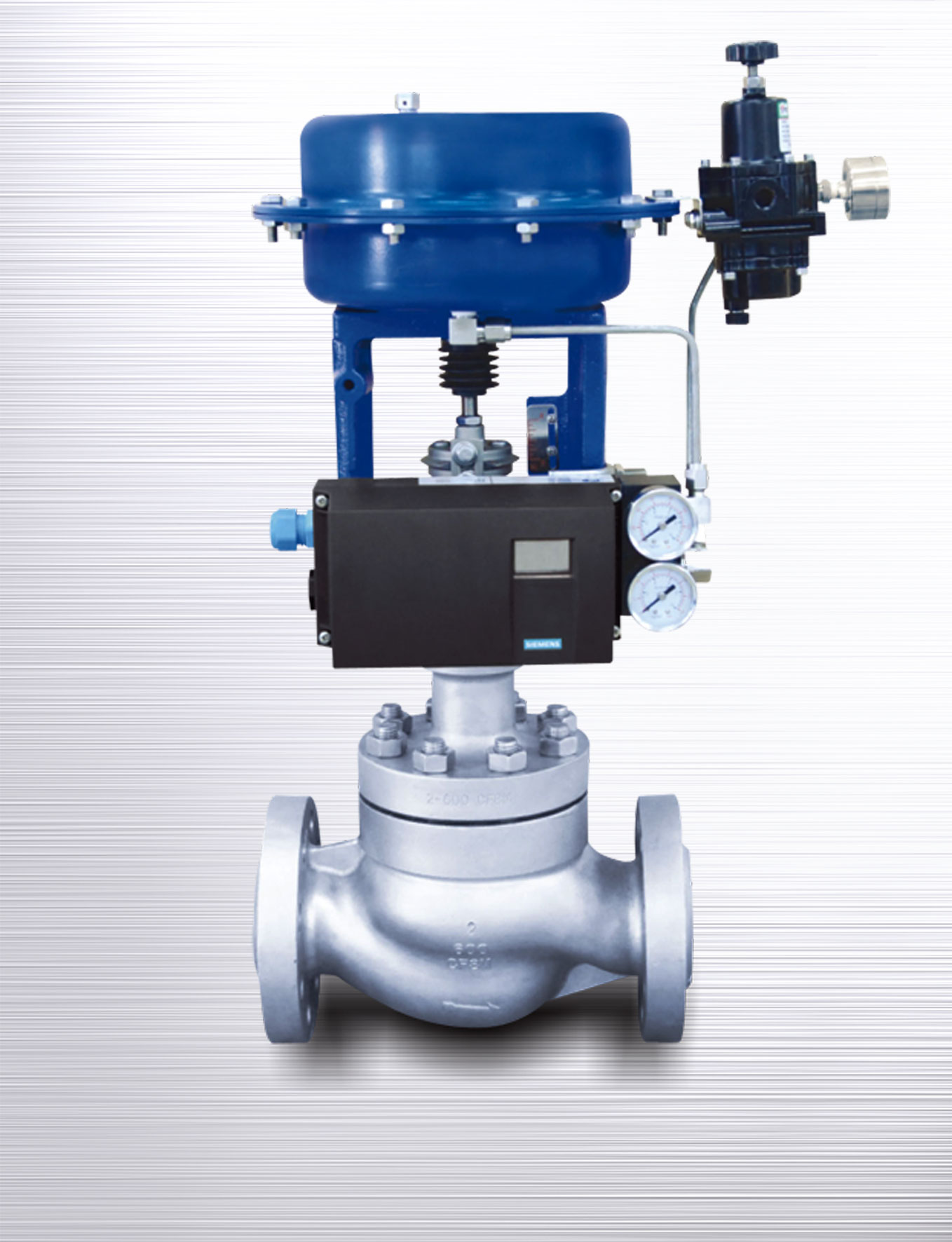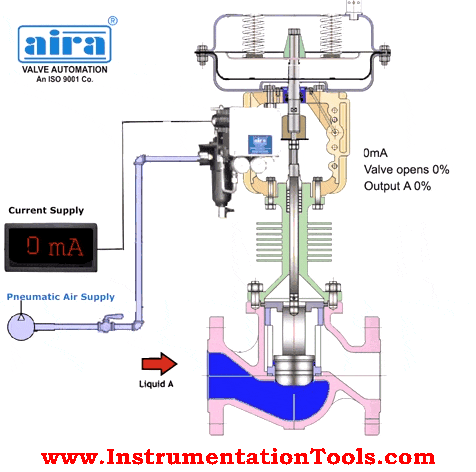Cutting-edge Control Valves: Enhancing Accuracy and Reliability
Cutting-edge Control Valves: Enhancing Accuracy and Reliability
Blog Article

Maximize Energy Financial Savings and Comfort With Advanced Building Automation Controls
In the world of modern-day design and facility monitoring, the assimilation of sophisticated structure automation regulates stands as a pivotal improvement. The merging of modern technology and sustainability has actually birthed a new era where energy performance, convenience optimization, and functional streamlining are no longer achievable realities yet far-off goals. By harnessing the power of automation, buildings can adapt, react, and evolve in means that were as soon as inconceivable. The possibility for considerable power cost savings and improved comfort is not simply an opportunity yet an assurance waiting to be met. This paradigm shift in building monitoring holds the essential to opening a world where ecological conscientiousness and occupant well-being sympathetically exist together within the wall surfaces of our structures.
Energy Effectiveness Conveniences
Power performance advantages can considerably lower energy usage and operational costs in structures. By executing energy-efficient practices and technologies, structure proprietors and drivers can attain significant cost savings while also adding to ecological sustainability. One of the key advantages of boosting power efficiency in buildings is the decrease of energy bills. Energy-efficient systems, such as sophisticated building automation controls, can enhance making use of sources like air conditioning, illumination, and home heating, resulting in reduced energy expenditures gradually.
Furthermore, enhanced energy efficiency can lengthen the life-span of structure tools and systems. By running extra efficiently, HVAC systems, lighting fixture, and various other structure components experience less wear and tear, leading to lowered upkeep and substitute prices. Furthermore, energy-efficient structures frequently regulate greater residential property worths and rental prices, offering long-lasting financial advantages to owners.
Moreover, power performance can boost owner convenience and productivity. Appropriately regulated indoor atmospheres with ideal lights and thermal conditions produce a more favorable and pleasant work area, resulting in improved worker fulfillment and efficiency. In general, the power performance benefits connected with innovative building automation controls are complex, including price financial savings, environmental stewardship, and passenger well-being.
Boosted Convenience Control
Enhancing convenience control in building atmospheres needs a sophisticated combination of sophisticated automation systems for optimum occupant well-being. By utilizing sophisticated structure automation controls, facilities can customize the interior atmosphere to meet the certain demands and choices of passengers. These systems make it possible for exact regulation of temperature level, lighting, and air flow, developing a productive and comfy ambience. Resident complete satisfaction and performance are closely linked to thermal comfort, making it important to have systems in location that can adjust to altering conditions in real-time.
Improved comfort control exceeds basic temperature level modifications. It consists of features such as individualized setups, occupancy sensing units, and all-natural light use to develop a receptive and dynamic setting. By including these sophisticated controls, buildings can not just enhance comfort however likewise improve energy efficiency by optimizing system operations based on real tenancy and use patterns. Eventually, prioritizing occupant convenience with innovative automation systems causes a more enjoyable and much healthier interior atmosphere.
Operational Performance Improvements

Additionally, the implementation of real-time monitoring and analytics tools enables building operators to identify energy ineffectiveness and operational anomalies without delay. By constantly checking energy usage patterns and system performance metrics, modifications can be made in real-time to optimize energy consumption and ensure peak operational efficiency. control valves. In addition, incorporating need action approaches into structure automation controls can additionally boost operational effectiveness by dynamically changing energy usage based upon grid conditions and prices signals
Indoor Climate Optimization
Efficient interior climate optimization is a fundamental facet of building automation controls, making sure occupants' convenience and well-being while optimizing power savings. By using innovative sensing units and controls, developing automation systems can constantly change and check temperature, moisture degrees, air high quality, and ventilation to develop an optimal indoor environment. Maintaining constant and comfortable look at this now conditions not only boosts passenger complete satisfaction yet likewise enhances productivity and general well-being.
Interior environment optimization also plays a vital role in energy effectiveness. By fine-tuning air flow, home heating, and air conditioning systems based upon real-time data and occupancy patterns, constructing automation controls can substantially reduce power usage - control valves. For circumstances, executing methods such as demand-controlled air flow and thermal zoning can assist minimize power waste while guaranteeing that each location of the building obtains the needed conditioning.

Lasting Environment Creation
Building automation controls not only enhance indoor climate problems for power efficiency and occupant comfort yet likewise lay the structure for producing a sustainable atmosphere with strategic management of systems and resources. By integrating innovative structure automation innovations, such as sensing units, actuators, and smart software, facilities can keep track of and change power usage in real-time to reduce waste and lower their carbon impact. These systems allow predictive upkeep, determining potential problems before they escalate and enhancing equipment performance to enhance longevity and effectiveness.
Furthermore, lasting atmosphere development expands past power management to include water conservation, waste decrease, and indoor air high quality renovation. Structure automation controls can regulate water use, detect leaks, and ensure correct waste disposal practices, adding to total sustainability initiatives. In addition, by controlling and monitoring ventilation and purification systems, these technologies improve owner wellness and efficiency while lowering power intake connected with cooling and heating procedures.
Verdict
Finally, advanced building automation controls deal substantial benefits in regards to energy cost savings, convenience control, operational performance, interior environment optimization, and developing a lasting environment. By implementing these controls, buildings can accomplish optimal efficiency while lowering power usage and improving occupant comfort. It appears that the use look at this website of sophisticated automation modern technology is vital in improving structure performance and producing a more sustainable future.
Power efficiency benefits can substantially lower energy consumption and operational costs in structures. On the whole, the power efficiency advantages associated with sophisticated structure automation controls are diverse, including cost financial savings, environmental stewardship, and owner wellness.
Additionally, incorporating need feedback techniques into building automation controls can even more improve functional performance by dynamically changing power usage based on grid conditions and prices signals.
Structure automation regulates not just maximize indoor environment conditions for energy performance and passenger comfort however also lay the structure for creating a lasting environment through critical management of systems and resources.In conclusion, progressed structure automation regulates offer considerable benefits in terms of power financial savings, convenience control, functional efficiency, interior environment optimization, and producing a lasting setting.
Report this page